Let’s face it, Animal Crossing is a game of stuff. I don’t think I know a single Animal Crossing player who doesn’t hoard every pretty, shiny, or rare thing they come across. And we are right to do so. What if we want to use it later, and we can’t get it again? What if selling this item hurts my digital friends’ feelings?
So, fittingly, there is a lot of stuff that can be found in Animal Crossing. There are shops selling things, gifts from villagers, and even items falling out of trees! When considering the sheer enormity of options when finding items, it can be easy to miss something. So here we are going to look at the different kinds of things, how you can get them, and what use they are to you.
Basic Furniture
The most abundant item in Animal Crossing is furniture; it is a decorating game, after all. When dropped on the ground or in your pockets, they appear as the iconic holed leaf that has been a major part of Animal Crossing imagery since the beginning. Furniture items work as the primary way of decorating both inside and outside. Some furniture items can only be placed inside due to the need for walls or ceilings.
How to Get Furniture
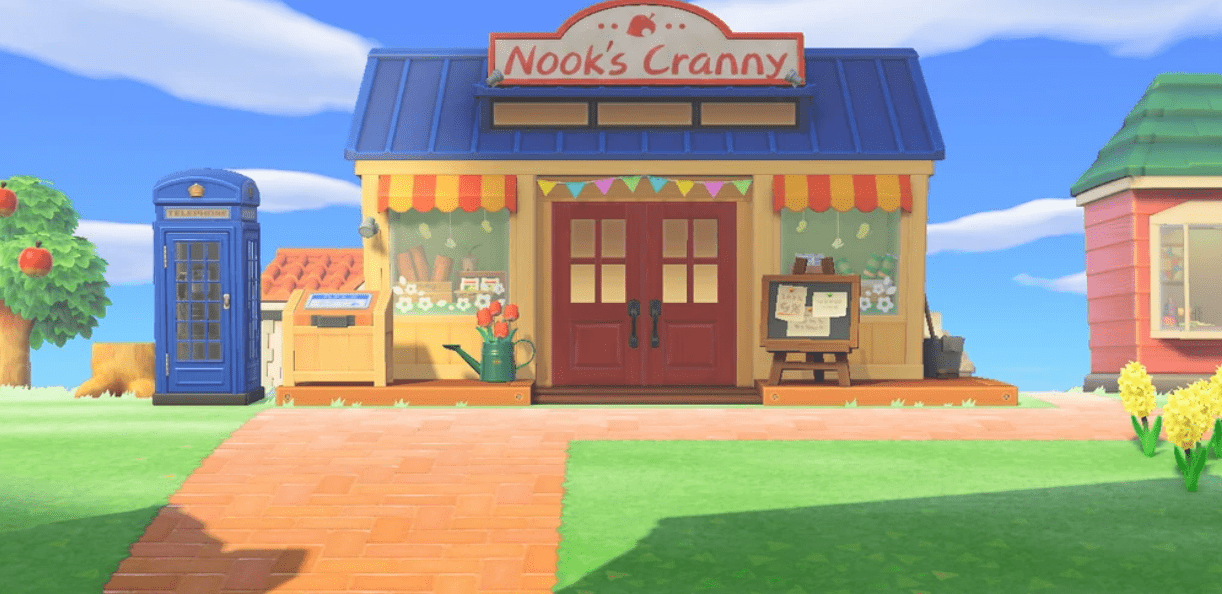
You can find furniture nearly everywhere. One good way is just to buy it. Nook’s Cranny, where they’ll sell a selection of furniture that changes daily, is the primary furniture shop. This selection tends to be the basic furniture you would typically see in a house, though more unique things will pop up from time to time. Redeeming Nook Miles and Nook Shopping will get you some furniture you typically see outdoors in various settings. You can also use Nook Shopping to buy any items you’ve previously had in your inventory that can be purchased normally.
Crafting is the other main source of furniture. It doesn’t limit you to a daily selection and, provided with the materials, allows you to make as much furniture as you want. Two things are needed to get a hold of any craftable furniture, a recipe, and materials. Recipes can be found in balloons, bottles on the beach, and being made by villagers. Once you’ve learned a recipe, it will stay in your DIY app. You can craft it at a crafting table anytime you have the necessary materials in your pocket.
Both crafting and shopping are ways to get the specific furniture you want. There are two other ways where you’ll be getting a surprise. One is gifts. Your villagers will give you skills for several reasons, often as a reward for doing something for them. You can never be sure what kind of item they’ll give you. It could be anything from a glass candle holder to a billiard table. The other way is by shaking trees. Every day, two cedar or hardwood trees on your island will drop furniture when shaken. You won’t be able to tell which trees they are until you shake them, so be prepared for wasps.
Customizing Furniture
Most furniture comes in a few different colors. At the beginning of the game, each furniture item has one variation chosen, and that is the only version you will be able to buy. You can get the other variations randomly through gifts or trading with other players, but Nook’s Cranny and Nook Shopping will only sell one color.
However, as you progress through the game, you eventually get more control over your furniture colors. When you’ve unlocked the artists’ collective o Harv’s Island, one of the options will be a trailer for Cyrus and Reese. They will provide a customization service that will allow you to change the color of any furniture item for a fee.
The other, easier way to customize certain items is through customization kits. Nearly every craftable item can be changed using the required number of customization kits at a crafting table. The variations usually change the look of the material it’s made of, like different kinds of wood or stone. Customization kits can be bought from the cabinet at Nook’s Cranny, though if you want a lot, be prepared for a long process as they can only be purchased 1 or 5 at a time.
Some furniture allows for even greater customization by using patterns and custom designs. Sometimes, when customizing, there will be a second line that doesn’t change the object’s color but just a pattern or symbol. Both bought and craftable furniture has the possibility of being customized this way.
Different Kinds of Furniture
Furniture is a very broad category. It feels like anything in your house might qualify as furniture. Then you get into the game where you can place so many other strange things in your home, like a volcano or streetlight, and you’re left with this huge collection of items. There are four helpful categories to better understand the different kinds of things and how you can use them. The four larger categories are separated by how the item functions and have subcategories based on what the item is.
Housewares
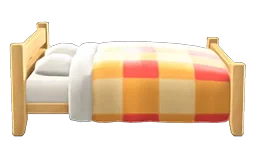
Houseware doesn’t necessarily mean things in your house; it is used for large items. Anything that can’t be placed on another furniture item is in this category. Of the four kinds of furniture, it has the largest selection. These are also the items that most likely have some function, like storage, crafting, or putting things on. All housewares fall into one of these twenty types. Some are evident, like chairs, but some are very vague categories with items that are only vaguely related but don’t deserve their own sections.
- Chairs
- Tables
- Beds
- Dressers
- Partitions
- Crafting Tables
- Kitchens
- Lights
- Electronics
- Instruments
- Appliances
- Plumbing
- Plants
- Specific Indoor Locations
- Specific Outdoor Locations
- Toys
- Natural/Rural
- Cultural Items
- Holiday Items
- Art
Miscellaneous

This category name isn’t very descriptive. It encompasses all the small items. Anything that can be placed on a table, or any other houseware that can hold things, is classified as miscellaneous. Some of these items have a use, but most are just decorative. Not all of the subcategories are entirely clear.
- Cushions
- Mirrors and Boxes
- Kitchen Tools
- Food
- Drinks
- Lights
- Electronics
- Instruments
- Bathroom Items
- Plants
- Specific Indoor Locations
- Specific Outdoor Locations
- Toys
- Cultural Items
- Holiday Items
- Art
- Pictures (can also be used as wall-mounted items)
Wall Mounted
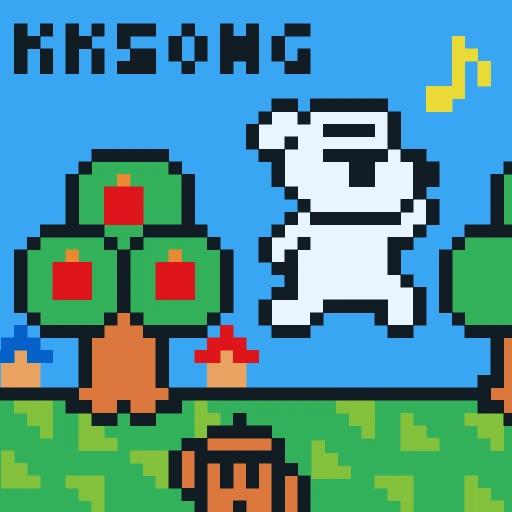
As the name suggests, wall-mounted items are anything you can place on your walls. Thus, they can only be used inside. It is much smaller than the previous two kinds of items. In fact, all but one subcategory can be used as more than wall decoration. Most can be placed on the ground, and the K.K. Songs can be put into your music collection through any music player.
- Wall Decorations
- Art
- Pictures
- Posters
- Gyroids
- K.K. Songs
Ceiling Decor
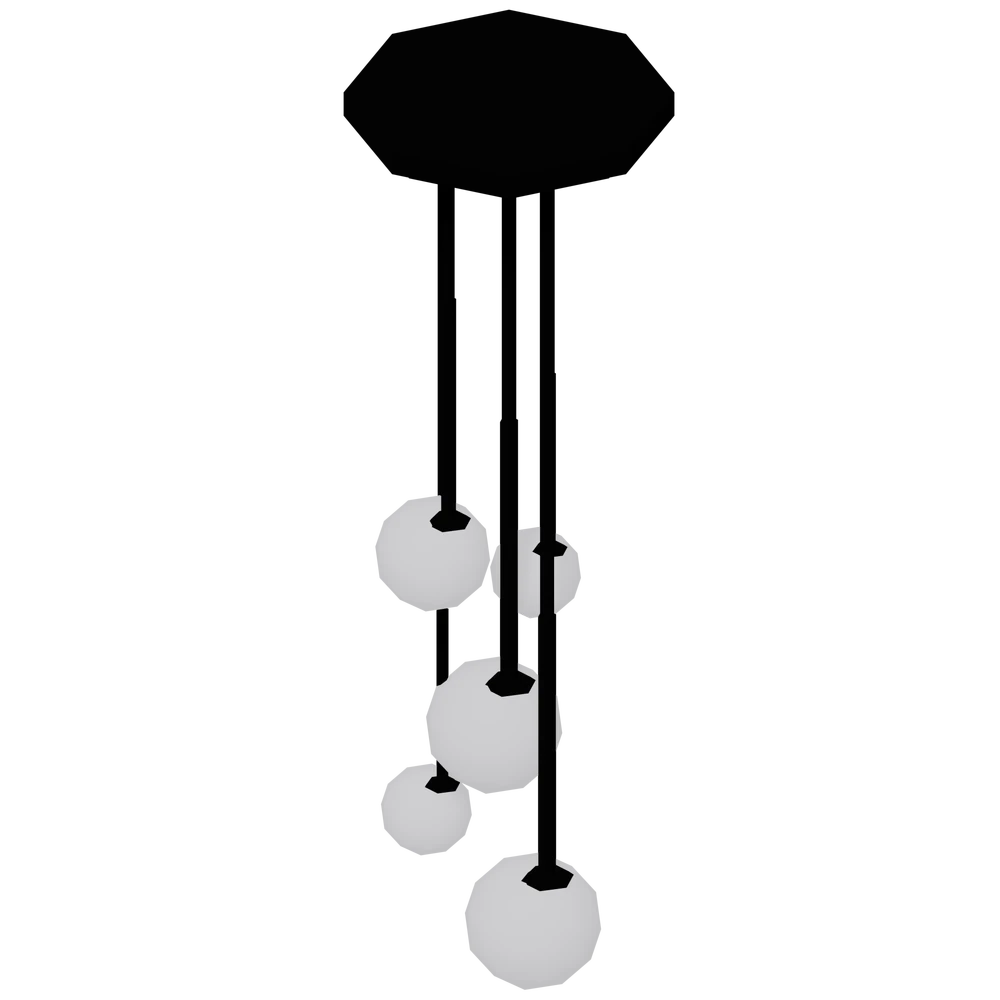
Ceiling decor has the smallest collection and can only be used indoors. Unlike wall-mounted furniture, none of the ceiling decors can be used as anything else. There are so few items there are only two very clear subcategories.
- Lights
- Other Decorations
Clothing
There are probably more clothes in my Animal Crossing storage than in my real-life closet. With hundreds of options in several different styles, there’s a huge selection of what to wear while running around your island.
Getting new clothing is very similar to getting new furniture. There are a few places to shop for your wardrobe. Able Sisters offers the largest and most fashionable selection, but some simpler items are available from Nook Shopping. Kicks also sells clothing items but only socks, shoes, and bags.
You can also stumble upon random clothing the same way you do furniture. Ballons and villagers will often give you a random article of clothing. However, my villagers tend to give me the ugliest things they can find.
While clothing can also come in several color variations, like furniture, it is not customizable. You can’t change the clothing you already have at all. However, it is far easier to get your hands on different versions. Anything sold at Able Sisters can be bought in any available colors in the fitting room. Kicks only sells one color at a time, but the other colors are just as likely to show up eventually.
Clothing is categorized by what part of your body it is worn on. You can only wear one item from a category simultaneously, except for equipment and headgear. In those cases, there are smaller subcategories that can’t be combined. Swimwear can be worn over your clothes and allows you to, of course, go swimming.
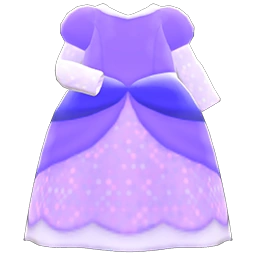
- Tops
- Bottoms
- Dresses
- Headwear
- Hats
- Helmets (also prevents wearing equipment)
- Equipment
- Glasses
- Mouth/Nose accessories
- Socks
- Shoes
- Bags
- Umbrellas (technically work more like a tool but are classified with clothing)
- Swimwear
Tools
You’ll need an assortment of tools to get pretty much anything done in Animal Crossing. All tools are items you hold, one at a time, that serve some purpose. You use them by pressing A when in the right spot. Most tools only serve one purpose, but a few are multipurpose. Except for the vaulting pole and ladder, all tools eventually break. There is an invisible counter to how many times they can be used, and once that number is reached, the tool will simply poof away, and you’ll need to find a new one.
You can only use a tool if you have it in your pocket. To switch between tools, you can either choose your desired tool from your pocket, press the left and right buttons on the left joycon, or use your tool ring. I highly suggest buying the tool ring early and finding an arrangement that works for you. It’s the easiest and quickest way to switch between a large collection of tools. You should also keep all the tools you regularly use in your pockets at all times. I use the top row of my pocket inventory for all my tools.
All tools come in a few versions that have their own color variations. The most basic are the ones you are able to craft. Fancier-looking versions can be bought from Nook’s Cranny, except for the vaulting pole and ladder. Craftable tools start flimsy and can be upgraded to regular, then golden tools. Golden tools sometimes have special properties and take longer to break than standard tools.
Here’s a list of all the tools and their uses:
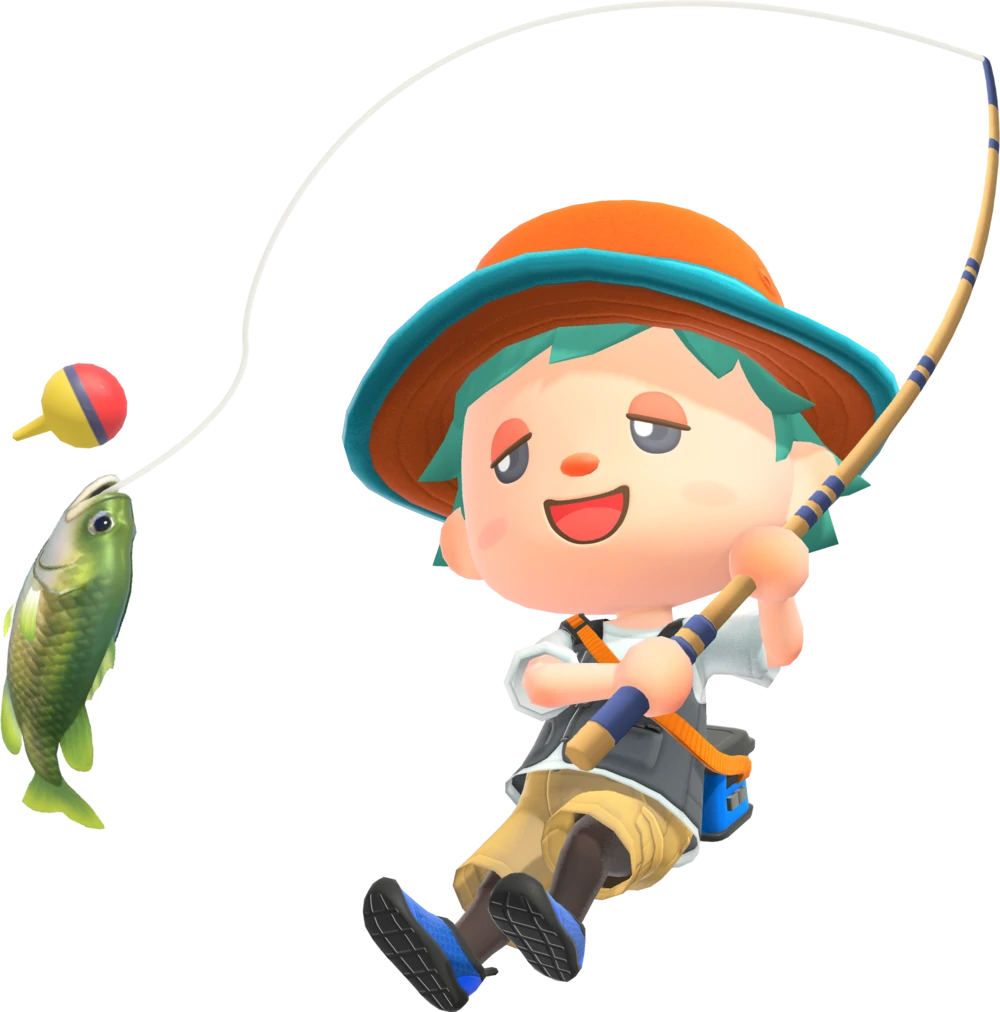
- Ax
- Chopping down trees
- Harvesting wood from trees
- Fishing Rod
- Catching fish
- Ladder
- Climbing cliffs
- Net
- Catching bug
- Shovel
- Digging
- Planting
- Hitting rocks
- Slingshot
- Shooting balloons
- Timer
- Set a timer for games
- Count creatures caught in a certain amount of time
- Vaulting Pole
- Getting across rivers
- Watering Can
- Watering plants
- Wand
- Changing clothes
Materials
Most items used in crafting and cooking can’t be placed and look the same when dropped on the ground and in your pockets. When using materials, you’ll almost always need lots of whatever you are using, so they stack when in storage and in your pocket. Different materials have different stack sizes based on rarity and range. Most of them are stacked by 30s, but rarer items only stack up to 10, and annoyingly abundant items can go up to 99.
You can’t buy materials; you have to find or harvest them. The most important ones can be found naturally on your island, and those that can’t will either be found on mystery islands or grown after getting seeds. Certain materials can only be found seasonally. Isabelle will typically make an announcement when a season with a special material begins.
Wallpaper, Flooring, and Rugs
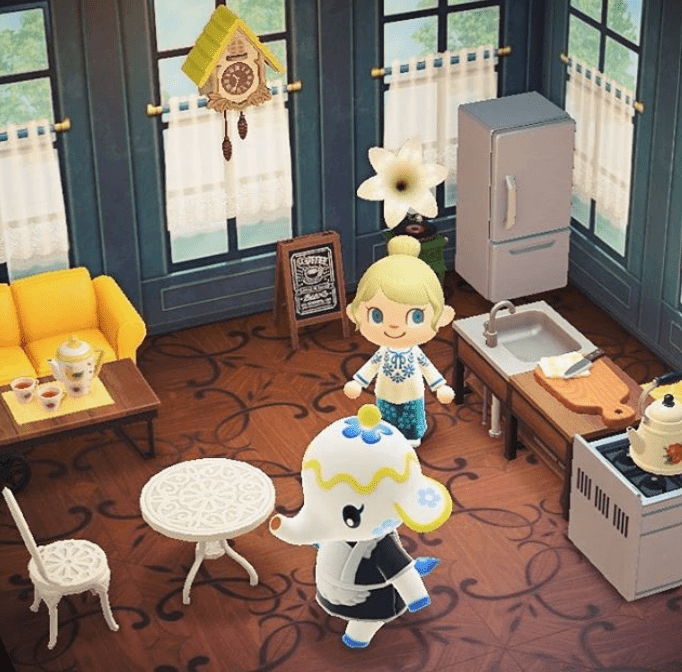
To change up the walls and floors of your house, you only need to spread out some new flooring or wallpaper and maybe add a rug or two. These items can only be used as indoor decoration as they require walls and floors to be placed on. Though I think all of us are a little upset we can’t spread the rugs outside.
When decorating your room, there are some restrictions on using these items. Rugs can’t overlap, so while you can use multiple rugs, you are limited by their size and room size. You can use up to two different wallpapers in one room if you’ve unlocked accent walls in the Happy Home Paradise DLC. The wallpaper you initially chose will be the main one and will cover all the walls. By facing one wall and pressing X on another wallpaper, you can add it as an accent wall.
Regular wallpaper and flooring can be found in the cabinet at Nook’s Cranny and are occasionally gifted by villagers. However, Saharah sells special wallpaper and flooring that depict exotic locations and sometimes have special effects. She is also the only way to get new rugs. When buying from Saharah while she is visiting your island, you cannot know what you are buying from her. You get to choose between the mystery flooring, mystery wallpaper, or three sizes of rugs. Beyond that, it’s completely random. If you have Saharah unlocks on Harv’s Island, you have a free choice of her weekly selection.
Consumable Items
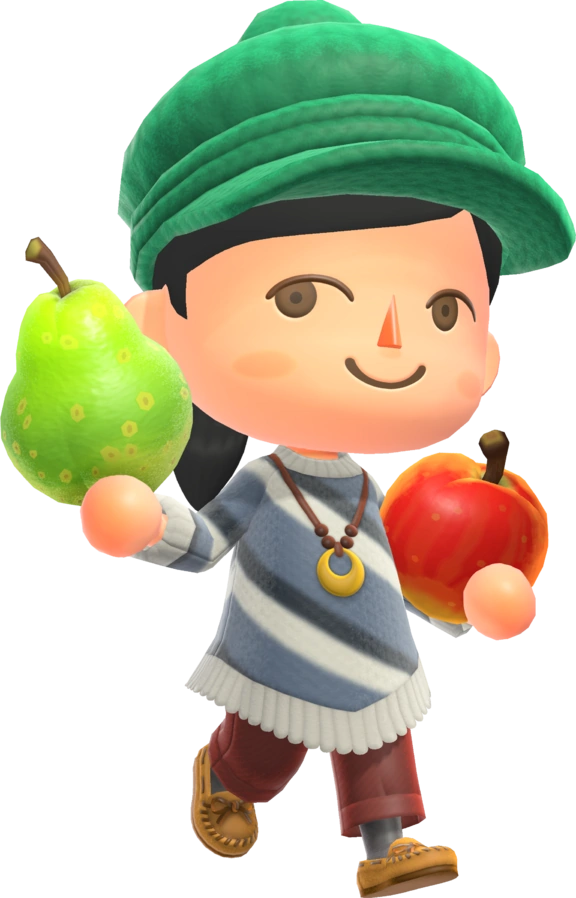
Most items in Animal Crossing can be used indefinitely, like clothing and furniture. Tools can be used until they break, and consumable items can only be used once. Using these items gives you some kind of boost or allows a fun little activity.
The most important consumable items can be crafted. You typically get the recipes early when you’ve encountered a milestone in the game, like getting stung by a wasp. Their recipes are fairly simple, and the materials are usually in abundance. Other consumables can be bought from various shops and are always cheap.
Medicine, food, and fishbait are the most commonly used consumables. Food can be bought, cooked, or harvested. Eating gives you up to ten strength points. By being stronger, you can do things like dig up trees or break rocks. Doing these tasks will extend your strength, but you can eat more to get it back. Medicine is used for healing. Sometimes you run into some bad luck and get stung by wasps. To reduce the swelling on your face and get your villagers to stop making comments about it, you can take medicine. You can also give medicine to your villagers to cure their colds. Fish bait can be thrown in any body of water to summon a fish, which is good when you need to catch a rare fish.
Some consumables don’t have any practical effect. Instead, they are meant to make the game’s world seem more lively and give you little fun things to do. Typically these are offered by characters at special events. The most prominent of these items are the fireworks you can get during August. They don’t do anything, but playing with them to watch the pretty sparks is fun.
Rewards
All items you get as rewards fall into one of the categories mentioned above. However, they aren’t obtained through typical buying or crafting. You have to earn them by completing objectives or participating in events. There are lots of ways to earn rewards since the game wants to encourage you to play often.
Holidays
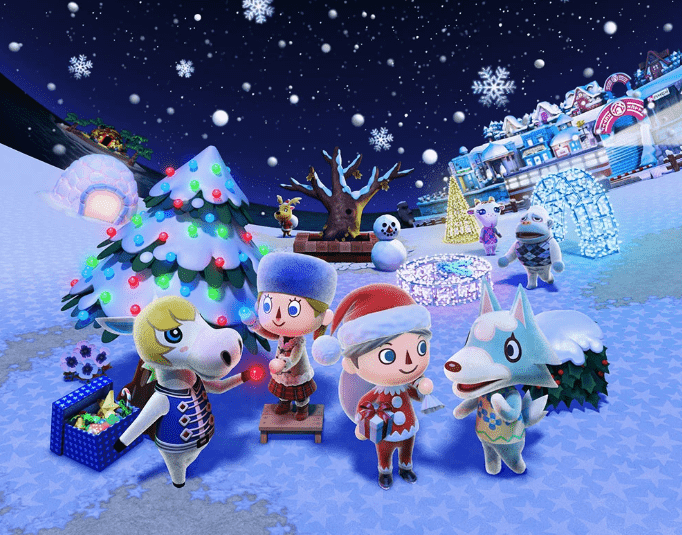
Holidays make up most reward items. To get these items, you simply have to play on the day of a big holiday and participate in the event. Unlike most other rewards, you can get these multiple times since the event happens yearly. Isabelle, or the holiday mascot, will give instructions on how to play. All the games are quite simple and usually involve collecting things from around your island. These are all the holidays with big events you can play in to win prizes. Some holidays only take place on a single day. Others span several days, where you can choose what day you participate or keep playing each day.
- Birthday
- On your birthday
- Festivale
- February 20
- Bunny Day
- April 17, with a week of build-up
- May Day
- April 29 to May 7
- International Museum Day
- May 18-31
- Wedding Season
- June
- Halloween
- October 31
- Turkey Day
- November 24
- Toy Day
- December 24
Repeated Tasks
The hardest rewards are the ones that require you to do a task repeatedly. When you reach milestones, you’ll be given furniture or clothing as a reward. Well, these tasks aren’t so much hard as tedious. Flying with Dodo airlines isn’t difficult, but it’ll take a while to go on 300 flights and get the DAL Model Plane. When done several times, the following tasks will get your rewards immediately or through the mail the next day.
- Fly with Dodo Airlines
- Drink Coffe at the Roost
- Group Stretch
- Design Vacation Homes in Happy Home Paradise
- Donating to the Museum
- These items aren’t given but unlocked to buy
Character Gifts
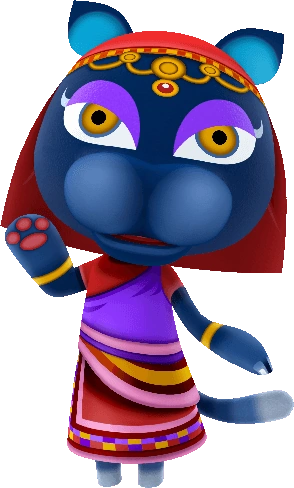
Some rewards are given whenever you do something for a certain character. Like holidays, you can also get these items multiple times since you can regularly interact with these characters. The items are themed to that character and given in the mail the next day, except for Pascal, who gives it to you immediately. The rarity of the interactions and the tasks’ difficulty vary. Each of these characters will provide you with some kind of reward for doing something with them.
- Gulliver
- Give him all five pieces of his communication device.
- Gullivarrr
- Give him his communicator.
- Luna
- Use her Dream Service.
- Katarina
- Pay to have your bad luck taken away.
- Pascal
- Give him a scallop.
Competition Prizes
The final kind of reward is for earning points. Animal Crossing generally doesn’t have points, but some events and tasks are assigned points. When you’ve made enough, you are rewarded. It may seem similar to the items you receive for doing something a lot, but in this case, there is some level of skill involved, and there is a schedule for when you can get points.
The first version of this you’ll probably encounter is the Happy Home Academy. Every Sunday you’ve built your house, you’ll receive a letter from the HHA. The letter will include a point value, grade, and criticism or praise for your interior design. There are a set of rules, invisible to the player that the HHA applies to your house, and if you follow those rules, you’ll earn points. When you reach a certain number of points, a reward will be included in the letter. The rewards move from banners to plaques to trophies, all themed to the HHA.
The other point-based events for the Bug-off and the Fishing Tourney. Every few months, there is an announcement about a Bug-off or Fishing Tourney will happen the next Saturday. On that day, you’ll be able to talk to either C.J. or Flik at the plaza and participate in the competition. Each is a timed event to see how many bugs or fish you can catch. You’ll be awarded points based purely on the number, not the rarity, of what you caught. You can earn points throughout the day and trade the points for rewards. Each item costs ten points, and you cannot control which item you get. The total number of points you’ve earned is saved through all tourneys, and when you reach certain point totals, you’ll be sent a trophy.
FAQs
Question: What Items Sell Good in Animal Crossing?
Answer: There are several high-value items to sell in Animal Crossing. I highly recommend watching Nook’s Cranny’s hot items each day and making as many as possible when it’s something already valuable. The most expensive DIY recipe involves a lot of rare components like star fragments and gold, but we don’t want to use up all your good resources for cash. Instead, focus on items like iron frame, stonework kitchen, and silo, which all cost over 15,000 bells and are made of common materials. Blue and golden rose wreaths are worth even more if you’ve grown plenty of plants.
Question: What is the Rarest Thing in Animal Crossing?
Answer: When discussing furniture and clothing items that can be bought, the Royal Crown is the rarest item. It is the most expensive item in the game at 1,440,000 bells and you must wait for the Able Sisters to have it in store to buy it. However, once purchased, you can order it anytime you have enough bells in your pocket.
Question: What Should I Not Sell in Animal Crossing?
Answer: The short answer: do not sell items that are difficult to obtain that will have a use later. To be more specific, you shouldn’t sell DIY recipes you don’t know yet since you want a large collection of DIY projects, and what you can craft is far more valuable than the recipe. Don’t sell unidentified fossils. They are worth far less than identified fossils, and you’ll want to donate any new ones to Blathers. Don’t sell new fish; the first one always goes to Blathers. Raw materials aren’t worth much. You should save them for crafting. Finally, don’t sell furniture you can’t buy later. You never know when you might want to use it.
- Rodney Animal Crossing Guide - January 26, 2023
- Rarest Fish in Animal Crossing - January 1, 2023
- Squirrels Animal Crossing Guide - December 27, 2022
